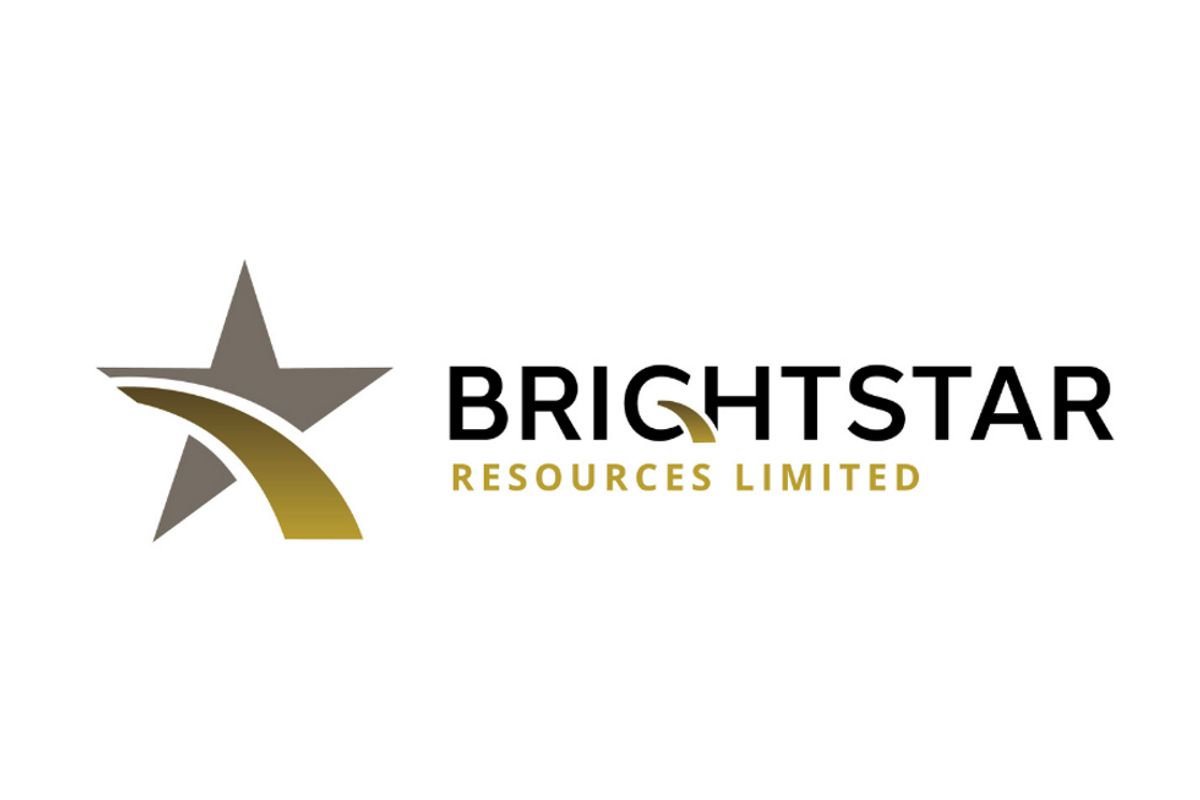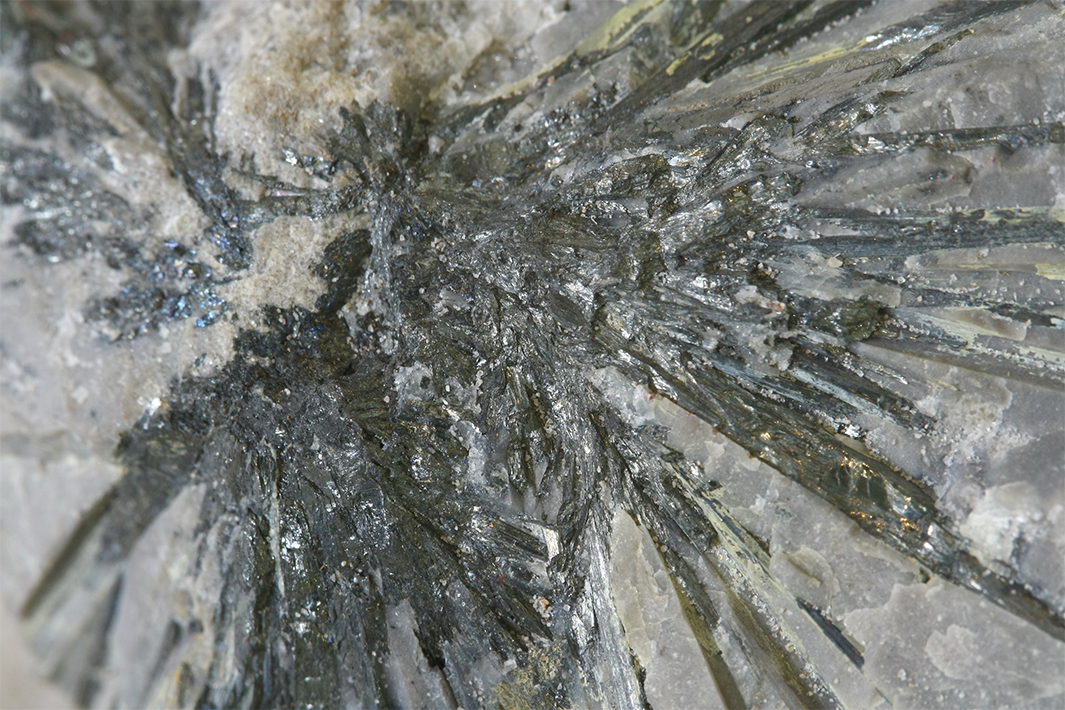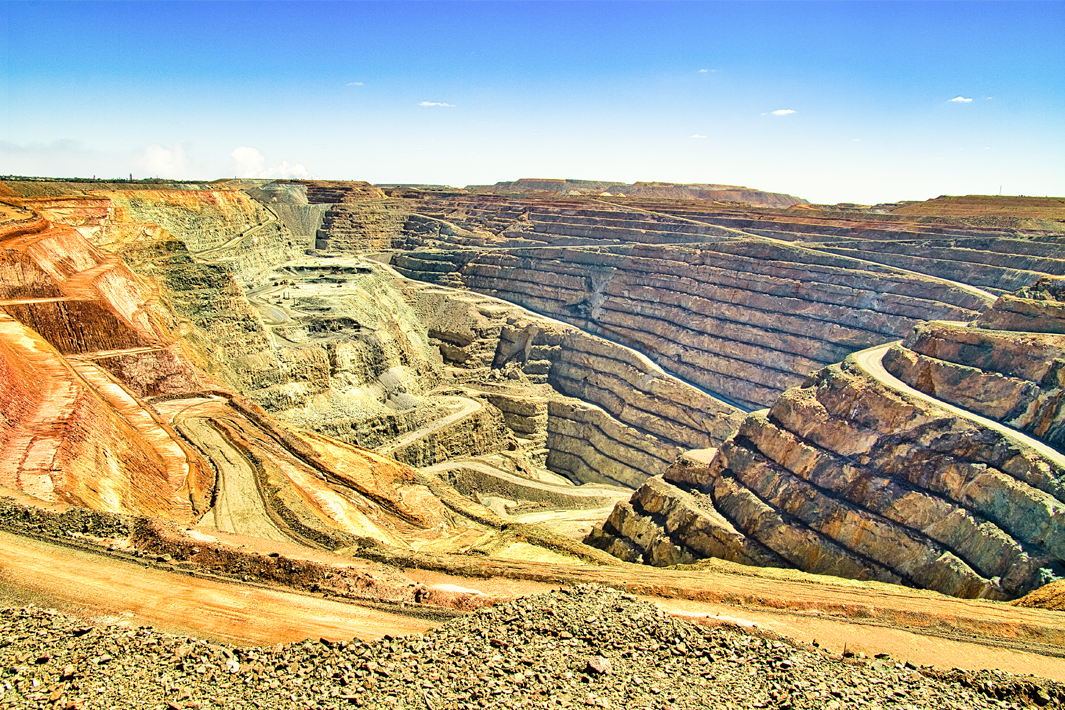
- NORTH AMERICA EDITIONAustraliaNorth AmericaWorld
February 11, 2025
Brightstar Resources Limited (ASX: BTR) (Brightstar) is pleased to announce that a binding Term Sheet has been executed with Cazaly Resources Limited (ASX: CAZ, Cazaly), under which Cazaly is granted an option to elect to earn up to an 80% interest in the Goongarrie Gold Project, by incurring exploration expenditure of up to $3 million.
HIGHLIGHTS
- Brightstar has signed a binding Term Sheet with Cazaly Resources Limited under which Cazaly is granted an option to elect to earn up to an 80% interest in the Goongarrie Gold Project by sole funding exploration expenditure of up to $3 million, as follows:
- Upon exercising the option, Cazaly to spend $1 million on expenditure over an initial 12-month period to earn a 25% interest;
- Cazaly to spend an additional $1 million on expenditure over a further 18-month period to earn an additional 26% interest (aggregate 51% interest); and
- Cazaly to spend an additional $1 million on expenditure over a further 18-month period to earn an additional 29% interest (aggregate 80% interest)
- Upon Cazaly earning an interest in the Goongarrie Gold Project, Brightstar and Cazaly shall form a Joint Venture
- The earn-in allows Brightstar to prioritise operational and development activities, with Definitive Feasibility Study workstreams advancing and current mining operations at Second Fortune complemented by start-up works at the Fish underground project
- Brightstar’s exploration strategy remains focused on improving and growing existing mineral resources at projects with granted mining leases and near-term commercialisation pathways, such as the Sandstone, Menzies and broader Laverton project areas
Brightstar’s Managing Director, Alex Rovira, commented:
“With our focus on development and mining operations across the broader Eastern Goldfields and Murchison regions, we are delighted to have attracted a quality partner in Cazaly to explore the Lake Goongarrie area in greater detail, while retaining exposure and upside to exploration success with the joint venture.
Our focus in the general Menzies area is on the Lady Shenton System where we are defining a large open pit mining complex as part of our DFS, whilst we continue to explore and assess other deposits such as Yunndaga and the Link Zone for future mining opportunities to increase our operational footprint in the Menzies area.”

Under the Term Sheet, Cazaly is granted an option, exercisable within 90 days, to elect to earn up to an 80% interest in the Goongarrie Gold Project shown in Figure 1 (which is a combination of wholly owned tenements and tenements where Brightstar holds gold rights). The exercise of the option by Cazaly is subject to satisfaction of certain conditions precedent, including due diligence on the Goongarrie Gold Project by Cazaly, the tenements being in good standing and certain deeds of assignment being entered into with parties that have rights in respect of the Goongarrie Gold Project.
Click here for the full ASX Release
This article includes content from Brightstar Resources, licensed for the purpose of publishing on Investing News Australia. This article does not constitute financial product advice. It is your responsibility to perform proper due diligence before acting upon any information provided here. Please refer to our full disclaimer here.
BTR:AU

Sign up to get your FREE
Brightstar Resources Investor Kit
and hear about exciting investment opportunities.
- Corporate info
- Insights
- Growth strategies
- Upcoming projects
GET YOUR FREE INVESTOR KIT
The Conversation (0)
19 June 2025
Brightstar Resources
Emerging gold producer and district-scale resource developer in Western Australia
Emerging gold producer and district-scale resource developer in Western Australia Keep Reading...
23 December 2025
November campaign production update
Brightstar Resources (BTR:AU) has announced November campaign production updateDownload the PDF here. Keep Reading...
11 December 2025
Menzies Mineral Resource increases 22% to 0.7Moz @ 1.5g/t
Brightstar Resources (BTR:AU) has announced Menzies Mineral Resource increases 22% to 0.7Moz @ 1.5g/tDownload the PDF here. Keep Reading...
08 December 2025
Sandstone exploration drilling returns 157m @ 1.13g/t Au
Brightstar Resources (BTR:AU) has announced Sandstone exploration drilling returns 157m @ 1.13g/t AuDownload the PDF here. Keep Reading...
24 November 2025
Annual General Meeting Presentation
Brightstar Resources Limited (ASX: BTR) (Brightstar or Company) has announced Annual General Meeting Presentation.Click here for the full ASX ReleaseThis article includes content from Brightstar Resources, licensed for the purpose of publishing on Investing News Australia. This article does not... Keep Reading...
20 November 2025
Aurumin Shareholders and Court Approve Scheme of Arrangement
Brightstar Resources Limited (ASX: BTR) (Brightstar or Company) provides the following update on the proposed acquisition of 100% of the fully paid ordinary shares and options in Aurumin Limited (Aurumin) by Brightstar by way of Court-approved share scheme of arrangement (Share Scheme) and... Keep Reading...
4h
Ongoing Drilling Continues to Return Broad Gold Intercepts
Asara Resources (AS1:AU) has announced Ongoing drilling continues to return broad gold interceptsDownload the PDF here. Keep Reading...
31 December 2025
Utah’s Antimony Resource: A Strategic Investment Play in Critical Minerals
Utah may be best known for its copper and gold legacy, but hidden beneath its rugged terrain lies one of the most overlooked critical mineral opportunities in the US: antimony. With global supply heavily concentrated in China and export restrictions tightening, Utah’s underexplored antimony... Keep Reading...
30 December 2025
Hidden Gem: How Intrusion-related Gold Deposits Could Fuel Next-generation Discoveries
With the gold price continuing to hover near all-time highs and major producers scouring the globe for new large-scale deposits, one type of gold system is emerging as a potential game changer. Intrusion-related gold systems (IRGS) have already yielded multimillion-ounce mines, like Kinross... Keep Reading...
30 December 2025
Finding Gold: Exploring New Zealand’s Next Big Discovery
Despite its rich mining legacy, New Zealand remains one of the most underexplored frontiers for gold in the developed world. Now, with advanced exploration tools and a new generation of explorers, the country is emerging as a hotbed of untapped investment opportunity.Modern exploration... Keep Reading...
Latest News

Sign up to get your FREE
Brightstar Resources Investor Kit
and hear about exciting investment opportunities.
- Corporate info
- Insights
- Growth strategies
- Upcoming projects
GET YOUR FREE INVESTOR KIT
Interactive Chart
Latest Press Releases
Related News
TOP STOCKS
American Battery4.030.24
Aion Therapeutic0.10-0.01
Cybin Corp2.140.00







